Equipment for production of polyethylene pipes and fittings: Plastic Pipe Supplies : Polyethylene Pipe and Fittings Production Line The factory is one of the most advanced and latest PE PE equipment and devices in the world. These machines are all made by Germany. The company has managed to raise the quality level of its products to international standards and become a serious competitor for foreign products in the Middle East. The polyethylene pipe production lines consist of various parts and machines that are divided into top and bottom line machines. All of these equipments are of high importance on the PE line, and each perform a function that will affect the quality of the finished product, and almost all of them are required.
- How much does PVC pipe cost per foot?
- What are uses of plastic pipes in industries?
- What is the difference between black and white PVC pipe?
- What type of pipe is used for main water lines?
- Which pipe is better for plumbing?
- What material is commonly used for gas piping in the house?
- What is the best pipe to use for underground water line?
- How can i buy plastic pipe supplies at low prices?
- Price list of plastic pipe fittings in 2019
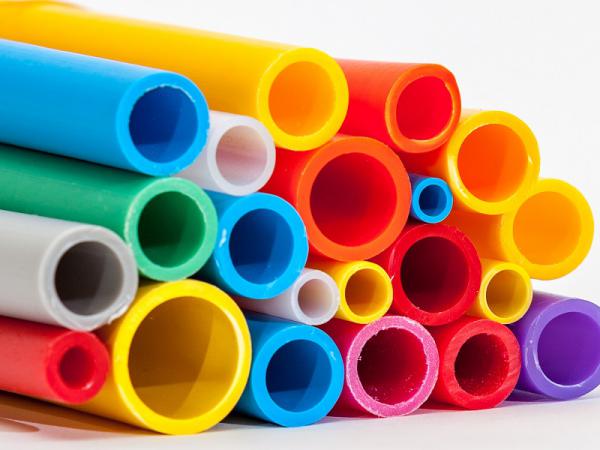
How much does PVC pipe cost per foot?
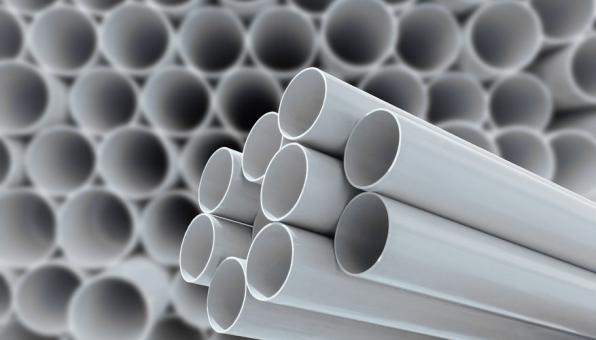
The equipment and machinery of the PE pipe line are as follows:
1- Sucker or puller: The task of the sucker is to suck the polyethylene raw materials adequately and deliver them to the hopper and inlet of the extruder. 2. Gravimetric: Gravimetric is installed on the extruder inlet hopper and its task is automatic control of the weight and amount of raw materials used in the production of polymer tubes (polyethylene, polypropylene, etc.) during production in extrusion lines.
3. Extruder: The extruder is at the heart of the PE pipe line and in the production lines, the extruder machines are used to form polymers for later operation as well as to form finished products.
4. Monitoring System: There is a system for monitoring and controlling the performance of the devices on the equipment itself, but they can all be controlled by a single extruder control system.
5. Die or die: DIE (or die) is the link between the die and the extruder which increases the die back pressure (cylinder end), compresses the molten material and distributes it uniformly at the beginning of the die in order to stabilize its quality.
6. Vacuum tank or vacuum tank: Vacuum tanks are located behind the die and before the cooling tanks and the melted polyethylene material after passing the die (molded) and these materials. The paste should pass through the vacuum tub to take the initial shape of the PE.
7. Ultrasonic: UltraSonic Ultrasonic is installed after the vacuum tank (vacuum tank) whose task is to measure the thickness of the pipe from 8 different points.
8. Cooling Tanks: Cooling Tanks, or Cooling Tanks, are in the middle of the PE pipe line after the Vaccum Tank and before the lethal and marker unit. And their number depends on the speed of the production line and the size and size of the production pipe.
What are uses of plastic pipes in industries?
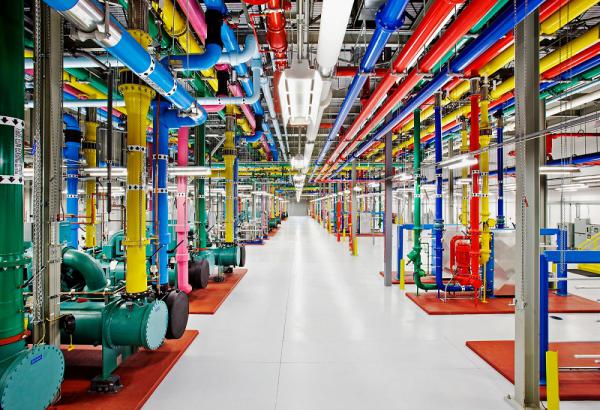
9- Tracer: The tracer or Hauloff has an important function and should pull the pipe in a regular and uniform manner without putting any extra pressure on it, and its speed must be in line with the rate of melt removal of the extruder so that the thickness of the tube does not change. Also, do not put too much pressure on the pipe body so that the pipe does not split.
10. Marker and Jet Printer: Marking and engraving specifications of manufactured polyethylene pipes The task of the marker machine is to characterize the pipe, date and production shift, as well as the type of raw material and its standard number on the pipe. It is a thermal and laser type that should be used as standard by heaters, which in some cases is also used on the request of the client by jet printers and also the specifications of polyethylene pipes for gas are printed on the pipes by jet printers.
11. Sawing: Cutting the pipe to pieces with precise metering and with a smooth cutting edge is the task of sawing, only one of the things the machine has to do when sawing is to cut the blade out quickly when cutting. Tube to be coordinated so that the line does not stop.
12-Duck or Tilting: Tubes are cut on the dock or tilt table after cutting and are transported from the table to the storage area.
13. Winder (polyethylene pipe wrench): Production lines of polyethylene pipes up to size 110 can have the end of the line of wirer whose task is to wrap these pipes.
What is the difference between black and white PVC pipe?
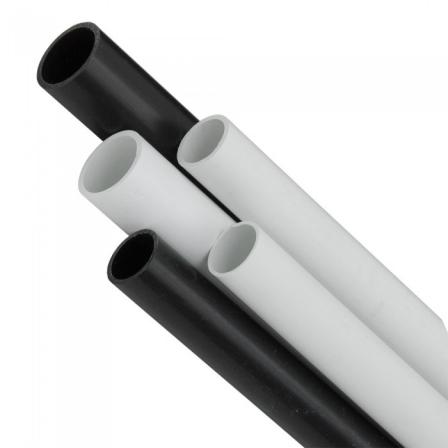
PVC pipe – UPVC pipe
PVC pipe (UPVC pipe) is one of the first and most widely used polymer pipes and PVC pipes of different types were produced and marketed. PVC pipes are badly damaged and have a long life span, and due to their high resistance to environmental conditions, they quickly gained popularity and were able to transport sewage, water supply and fluid transfer in many projects. Apply. Polycarbonate tubes, having the highest technical and mechanical properties, meet the economic and environmental needs of today’s world. The newest model of the U-PVC family of pipes (U-PVC) used worldwide for water and wastewater is a PVC-coated, non-leakable, easy-to-install cover. The upvc tube is actually the same polica tube that was the first manufacturer of this type, called Polica, and became known in Iran. Stayed on this type of pipe. PVC and UPVC pipes are currently the most widely used type of pipe in buildings and construction projects, the most widely used upvc pipes for sewage transportation. With the advancement of the polymer industry and manufacturing processes, today various types of u-pvc pipes are manufactured, and the installation and implementation speed of these products is extremely high, easy and varied to the type of silent pipes.
What type of pipe is used for main water lines?
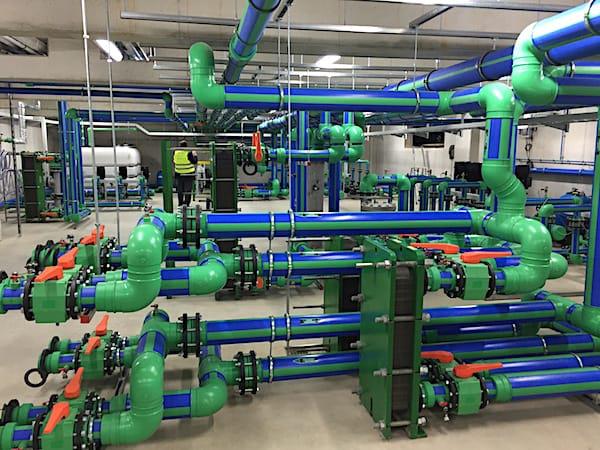
Upvc Pipe Uses: Household Wastewater Transfer. Urban and industrial applications. Pressurized water supply networks. Power and power cables covering. Covering telecommunication cables.
Types of pvc pipes: upvc pipes are manufactured in porous, twisted, threaded, welded and welded models, each depending on their application. Most upvc pipes are used for conveying non-pressurized or low pressurized fluids and these joints use common connections but for high-pressure fluids welding joints must be used. U-pvc pipes are not only used in buildings today and are highly trusted in drainage applications and most pipes and equipment are upvc pipes. UPVC Tube Resistance to Corrosion: U-PVC (polyka) tubes are insensitive to electrical current and are resistant to electrochemical reactions caused by acids, bases and salts that lead to corrosion in metals. This feature exists on the inner and outer surface of the PVC pipe. As a result, the use of the U-PVC pipe in applications where the aggressive soil is present is very cost-effective. High chemical resistance in PVC pipe: Resistant to many non-aromatic alcohols, oils and petroleum products. It is also resistant to most corrosives such as inorganic acids, bases and salts. For routine water supply work, U-PVC pipes are fully resistant to chemicals in soil and water. The problem of chemical resistance arises only when there are abnormal environments or when the pipe is used to transport chemicals.
Which pipe is better for plumbing?
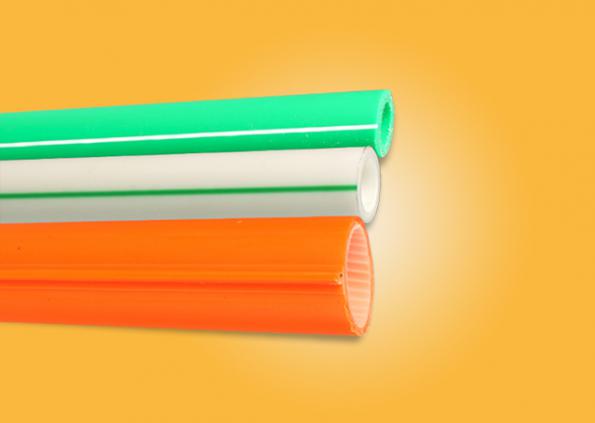 plastic water pipe : They use plastic pipes for a variety of applications ranging from water supply to sewage disposal. The main material of these pipes is polyvinyl chloride (PVC). It was first developed experimentally in the 19th century. PVC pipes were used in large volumes during the forties of production and after World War II and during the reconstruction of Germany and Japan. In the 1950s, Western European countries and Japan used ABS to manufacture these pipes. And in the following years, methods were developed for the production of cross-linked polyethylene (PEX). Today, a variety of materials are used to produce plastic pipes and their fittings: PVC / CPVC: These pipes are similar to PVC and have to be of high strength to withstand the pressure of the water pipe, so they have much thicker walls. PVC / CPVC pipes were first introduced in the seventies. And since then, steel pipes have been almost completely replaced. PVC pipe should only be used for cold water transfer or air conditioning. But the CPVC pipe can be used to transport hot and cold water PP: It was originally used for the manufacture of kitchen appliances (such as plastic skimmers), food packaging and medical equipment. But since the 1970s, PP has also been used to produce hot and cold water pipes. Unlike other pipes that use adhesive and mechanical joints for connection, they use heat to connect PP-made pipes. PBT: PBT tubes are flexible, usually gray or black tubes that are mechanically bonded to brass joints. The pipes used to supply cooler water and drip irrigation are made of PBT.
plastic water pipe : They use plastic pipes for a variety of applications ranging from water supply to sewage disposal. The main material of these pipes is polyvinyl chloride (PVC). It was first developed experimentally in the 19th century. PVC pipes were used in large volumes during the forties of production and after World War II and during the reconstruction of Germany and Japan. In the 1950s, Western European countries and Japan used ABS to manufacture these pipes. And in the following years, methods were developed for the production of cross-linked polyethylene (PEX). Today, a variety of materials are used to produce plastic pipes and their fittings: PVC / CPVC: These pipes are similar to PVC and have to be of high strength to withstand the pressure of the water pipe, so they have much thicker walls. PVC / CPVC pipes were first introduced in the seventies. And since then, steel pipes have been almost completely replaced. PVC pipe should only be used for cold water transfer or air conditioning. But the CPVC pipe can be used to transport hot and cold water PP: It was originally used for the manufacture of kitchen appliances (such as plastic skimmers), food packaging and medical equipment. But since the 1970s, PP has also been used to produce hot and cold water pipes. Unlike other pipes that use adhesive and mechanical joints for connection, they use heat to connect PP-made pipes. PBT: PBT tubes are flexible, usually gray or black tubes that are mechanically bonded to brass joints. The pipes used to supply cooler water and drip irrigation are made of PBT.
What material is commonly used for gas piping in the house?
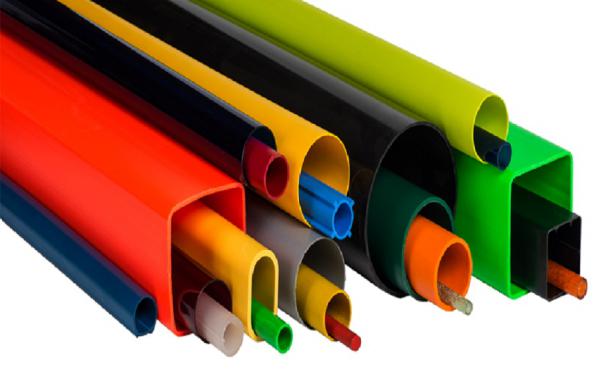
clear pvc pipe : Resistance to breakage of U-PVC pipes is one of their important performance benefits. Under load, U-PVC pipes can deform without breaking. U-PVC modulus of elasticity is one of its major advantages for technical applications, especially when soil movement or vibration is likely (earthquake, etc.). The high value of this quantity minimizes the double-sided phenomenon in these pipes. Also, as the thickness of the sewage pipes is determined by the modulus of the elasticity of the resin used in the pipe construction, the high U-PVC modulus decreases the pipe thickness and increases the cross-sectional area of the flow. The high strength of U-PVC reduces the thickness and lightness of these pipes. U-PVC pipes have a significant lightweight advantage that is an important safety aspect. Easy transportation minimizes work injuries and facilitates cheaper installation and transportation. A person can easily carry two six-meter-sized pipes, but is only capable of carrying less than one meter of one-hundred-two-two-iron pipes with the same force. An important advantage to any sealing pipe is its fitting. The high penetration depth of U-PVC pipes and push-fit systems has been able to overcome many of the traditional products through this advantage.
What is the best pipe to use for underground water line?
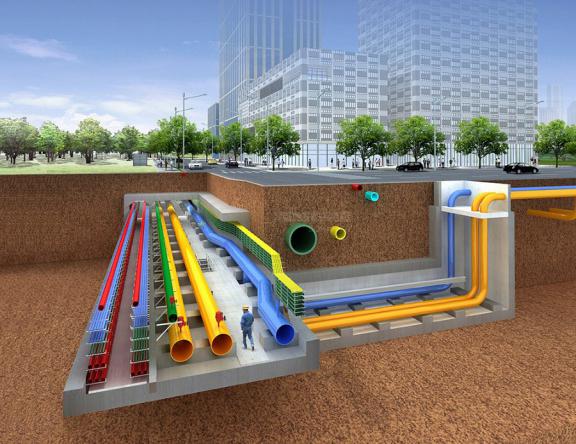 pvc pipe fittings : Type 40 PVC fittings are pressure fittings used for drinking water, cold water, irrigation, golf courses and for use in the transportation and packaging of mineral water and hot springs. High-pressure water applications may require type 80 PVC connections. Both 40 and 80 PVC are widely used worldwide and each have different advantages in different applications. Type 40 has thinner walls, so they are suitable for use with low water pressure. Type 80 has thicker walls and can withstand higher PSI. This makes this type of PVC ideal for use in industry and for use in chemicals. PVC joints are commonly used in irrigation systems. They have end connections that are ideal for a tight seal. The teeth in these joints mean that no glue is required, and they have an NSF certificate for use in drinking water cases. PVC joints may have conical joints or slide hub / joint connectors. The end of the ball is equivalent to one end of the ball and one end of the spin / slide ball is the end of the ball. The end of the hub is connected to the sliding end (socket). The PVC pipe has a hinged end and must be attached to the sliding joints at both ends. PVC joints are welded to the PVC pipe using PVC cement. PVC cement resembles adhesive, but actually melts the plastic, thereby creating a weld between the PVC pipe and a suitable material.
pvc pipe fittings : Type 40 PVC fittings are pressure fittings used for drinking water, cold water, irrigation, golf courses and for use in the transportation and packaging of mineral water and hot springs. High-pressure water applications may require type 80 PVC connections. Both 40 and 80 PVC are widely used worldwide and each have different advantages in different applications. Type 40 has thinner walls, so they are suitable for use with low water pressure. Type 80 has thicker walls and can withstand higher PSI. This makes this type of PVC ideal for use in industry and for use in chemicals. PVC joints are commonly used in irrigation systems. They have end connections that are ideal for a tight seal. The teeth in these joints mean that no glue is required, and they have an NSF certificate for use in drinking water cases. PVC joints may have conical joints or slide hub / joint connectors. The end of the ball is equivalent to one end of the ball and one end of the spin / slide ball is the end of the ball. The end of the hub is connected to the sliding end (socket). The PVC pipe has a hinged end and must be attached to the sliding joints at both ends. PVC joints are welded to the PVC pipe using PVC cement. PVC cement resembles adhesive, but actually melts the plastic, thereby creating a weld between the PVC pipe and a suitable material.
How can i buy plastic pipe supplies at low prices?
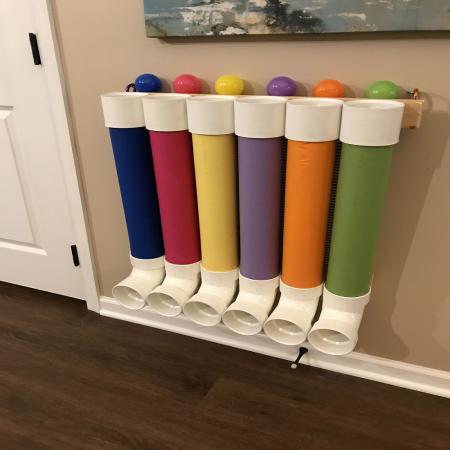
PVC joints are made by high pressure injection molding. In contrast to continuous extrusion, molding is a repetitive cyclic process, where a “shot” of material is delivered to a mold in each cycle. PVC materials, whether in powder form or granular form, are fed into the barrel and reciprocating bolt from a hopper located above the injection unit, using surface gravity. The barrel is powered by a rotating screw with the required amount of plastic, and these plastic materials move to the front of the barrel as the screw moves. The screw position is set to a preset shot size. During the operation, the pressure and heat “plasticize” the material that is currently in the melting state and await injection into the mold. This all happens during the previous shot cooling. After a predetermined time, the mold will open and connections that are completed in the mold will be removed from the mold. The mold is then closed and the high-pressure melted plastic is injected into the barrel by a screw that now acts as a piston. Then the plastic enters the mold to form the next shape. After the injection, the recharge begins as the mold fittings pass through the cooling cycle.
Price list of plastic pipe fittings in 2019
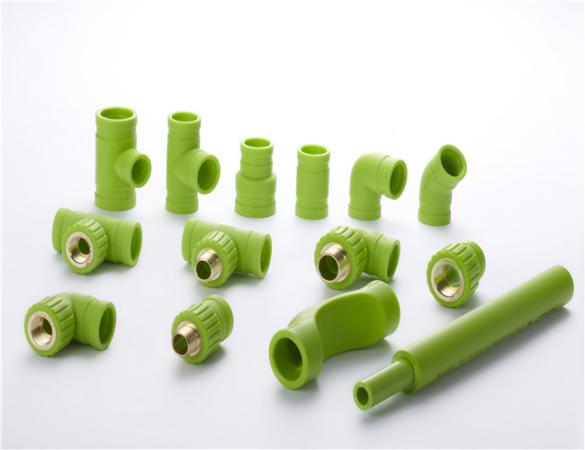 flexible plastic pipe : Polyvinyl chloride (PVC), commonly known as PVC, is a cost-effective material that is resistant to cracking, is not affected by acids and can be rigid. Because of its strength and flexibility, PVC is used for many applications. Depending on its width, it can be used to transport liquids and gases safely. Because of its composition, PVC is limited to carrying liquids at temperatures below 100 degrees Celsius, and therefore PVC is not suitable for carrying hot water. One of the most used plumbing systems in the world at present is the use of upvc pipes (UVCs with cold bending capability) because of its high resistance to chemicals, high temperature and low temperature tolerance, high tolerance point. Against various pressures, this has been applied. The possibility of using the cold bending method in the installation process of these pipes has also contributed to the project economics by increasing the speed of the installation process, and preventing waste and cost savings by removing some joints such as the knee joint. UVC pipes are less flexible than conventional PVC pipes, but more reversible in their production cycle.
flexible plastic pipe : Polyvinyl chloride (PVC), commonly known as PVC, is a cost-effective material that is resistant to cracking, is not affected by acids and can be rigid. Because of its strength and flexibility, PVC is used for many applications. Depending on its width, it can be used to transport liquids and gases safely. Because of its composition, PVC is limited to carrying liquids at temperatures below 100 degrees Celsius, and therefore PVC is not suitable for carrying hot water. One of the most used plumbing systems in the world at present is the use of upvc pipes (UVCs with cold bending capability) because of its high resistance to chemicals, high temperature and low temperature tolerance, high tolerance point. Against various pressures, this has been applied. The possibility of using the cold bending method in the installation process of these pipes has also contributed to the project economics by increasing the speed of the installation process, and preventing waste and cost savings by removing some joints such as the knee joint. UVC pipes are less flexible than conventional PVC pipes, but more reversible in their production cycle.

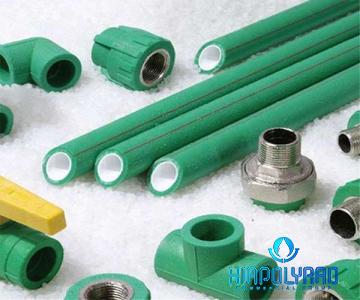
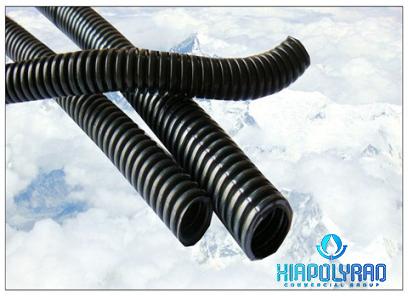
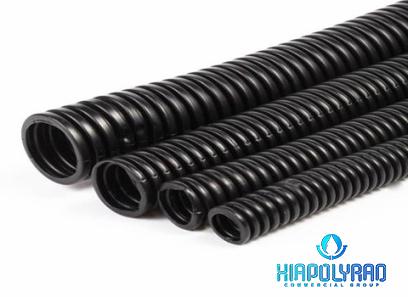

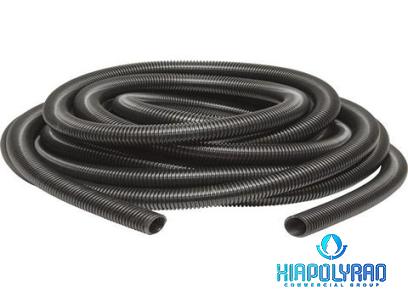
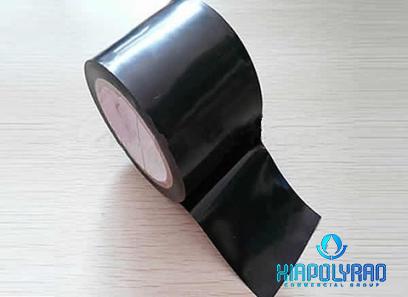
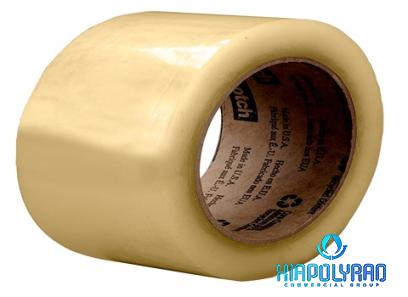
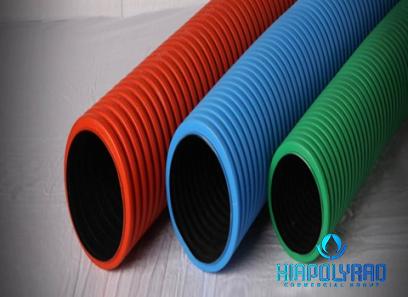
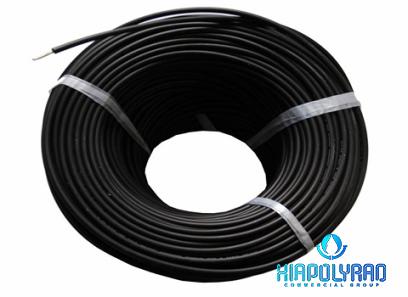
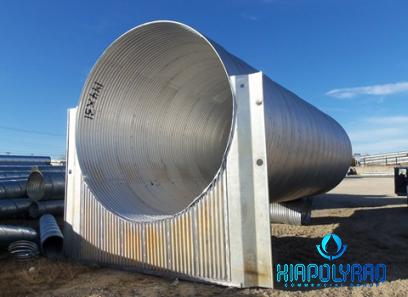
Your comment submitted.